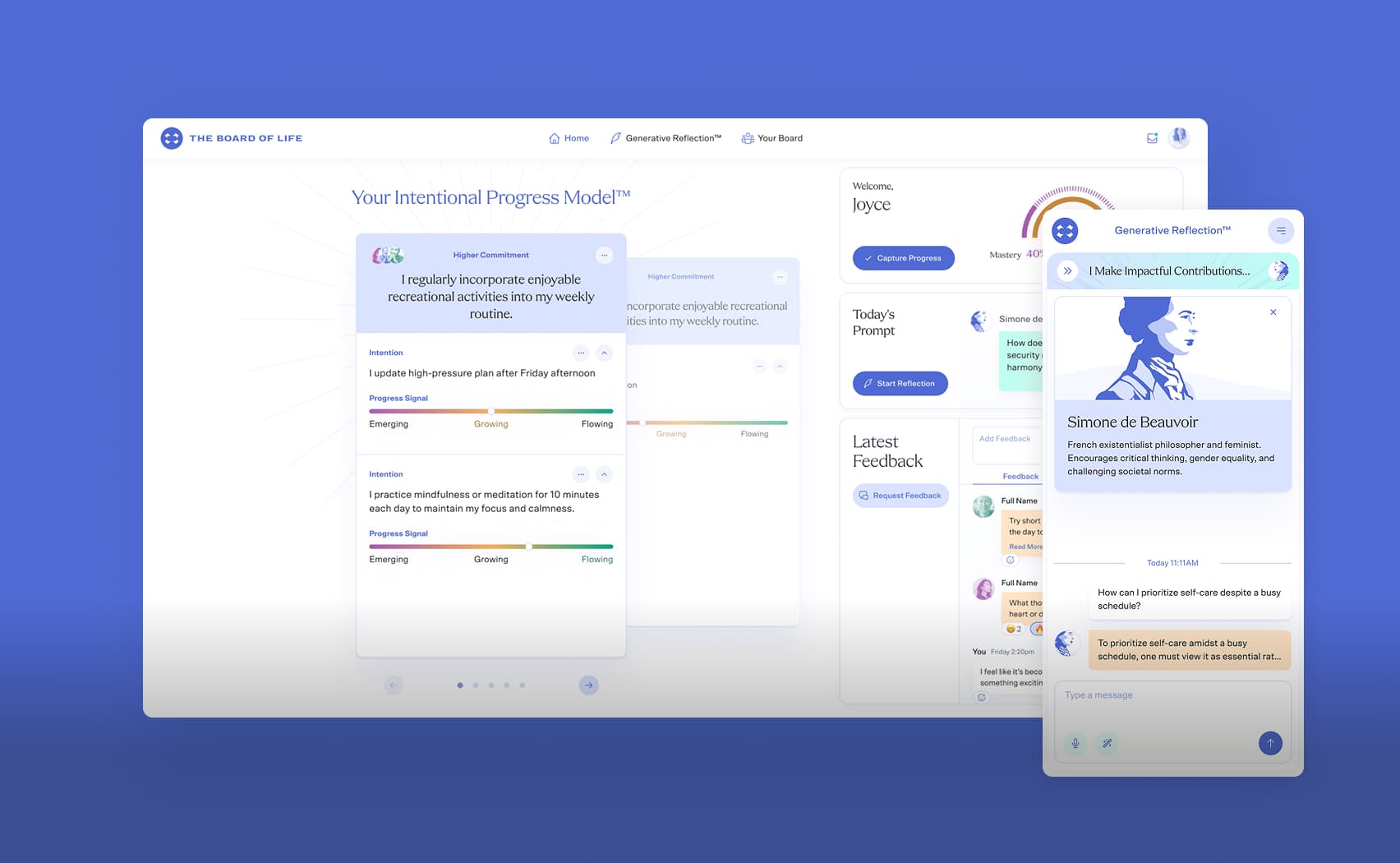3 Major Tech Challenges Threatening CIO Success Today
The last few years have been a whirlwind for tech leaders. With the Great Resignation, the global talent shortage, and rocky economic conditions topping a long list of challenges threatening to upend their entire function, CIOs have been in the eye of the storm.
Of course, they’ve had to deal with these issues while also scaling their organizations’ digital transformation – a task that, in itself, has ratcheted up the pressure on them as the race for strategic digitization intensifies. Which is why it’s unsurprising that with all this as a backdrop, more than more than 1-in-3 (39%) now say they’re either feeling “burnt out” (22%) or worried that they don’t have the resources and support needed to do their job (17%).
We can pull a positive from this, however. And that is how these challenges have placed CIOs back in the spotlight. These past few years we’ve watched the role of CIO elevate from managing technology as a support function to driving strategy to fortify operations. An evolution that’s been truly imperative for their businesses’ survival, and which has called attention to CIOs’ incredible value.
But with this prominence comes even more pressure to succeed. And with that, a new set of challenges that threaten to stand in their way. Here are the three biggest obstacles CIOs must overcome to drive success in the future.
The Fight Against Cyber Criminals
With data breaches becoming much more commonplace, security is a top concern for CIOs this year. In fact, a survey conducted by my firm JetRockets found that CIOs’ biggest fear for 2023 is being victimized by a cyberattack or a breach of some sort. And their concerns are certainly substantiated.
The reality is, the shift to online has massively expanded organizations’ attack surfaces, with cyber attackers enjoying much more success by targeting remote or hybrid businesses with weak security protocols. Moreover, as consumers and business customers raise their expectations for privacy, bad actors know that they can demand larger ransoms from businesses determined to save their reputation.
These are facts that contributed to 2021 and 2022 recording the highest number of breaches ever. Unfortunately, we expect this momentum to carry through to the years’ ahead as well, with new complexities opening up more doors for hackers to target ill-equipped or distracted organizations.
Getting Creative on a Tight Budget
45% of tech leaders say that their organization is cutting their 2023 budget. A figure that’s actually likely substantially higher, when you account for the additional 31% that said they also believed their C-suite would cut their budget when we surveyed them before the New Year.
With a recession expected to shake the global economy by the year’s end, this isn’t all that surprising. We’ve already heard that many facets of IT will be impacted, including cloud spending which will face its first comedown after years of unimpeded growth. The news is still worrying, however, given how resource-constrained CIOs already are.
It’s one thing to experience budget cuts when you have enough talent to tap into. It’s even worse when you’re already short-staffed and struggling with output. In fact, 89% of IT leaders say that they have been impacted by the global shortage of software developers, with nearly half (49%) saying they’ve been impacted “significantly”.
One tactic CIOs were using to address this problem was increasing salaries and benefits. But this is a luxury they’ll now likely have to forfeit as their C-suites reduce their spending. They’ll have to get even more creative with how they attract talent, increase output, and meet their development goals on a tight budget. Included in this is resurrecting IT productivity, which has suffered its own slowdown in recent years.
Breaking Through IT’s Productivity Wall
On top of IT’s severe staffing problem, CIOs are also dealing with a major productivity slowdown. According to 70% of CIOs, their team’s productivity levels have not yet returned to pre-pandemic levels. IT leaders need to find a way to break through this wall in the coming years. And the first place they should look is at their tool stack.
When you rely on inefficient tools and processes, the results can be detrimental. This is something many organizations are just now realizing, nearly three years since Covid-19 increased their reliance on remote technology. Now, however, studies are highlighting just how big of an issue this is.
Adaptavist research, for example, found that 40% of global employees feel that their organization uses too many tools. At the same time, an additional 38% say they lose time in their day due to tool fatigue.
In other words, CIOs need to reexamine their software and development needs. To help them do this, I expect many to tap into outside talent. 28% of CIOs say they’re already outsourcing software and development. And as this talent crisis worsens, I believe this number will grow.
Just as the pandemic accelerated the freelance economy as organizations realized the value of tapping into an on-demand workforce, it’s also shone a spotlight on the benefits of outsourcing software development. According to data from Statista, the global IT outsourcing market already surpassed $92 billion in 2022 with the software development outsourcing sector making a significant contribution to it.
As hiring complications and cost challenges continue to make CIOs’ lives difficult, don’t be surprised if many exercise this option.
Indeed, tech leaders are under extraordinary pressure as the urgency to digitize operations rises, and the need grows to create experiences for customers and employees that align with their evolving needs. And while there may not be an easy path ahead, the truth is the importance of the CIO has never been greater. The onus is on organizations as a whole to understand this and ensure that their tech leaders have the support they need to do their jobs.



